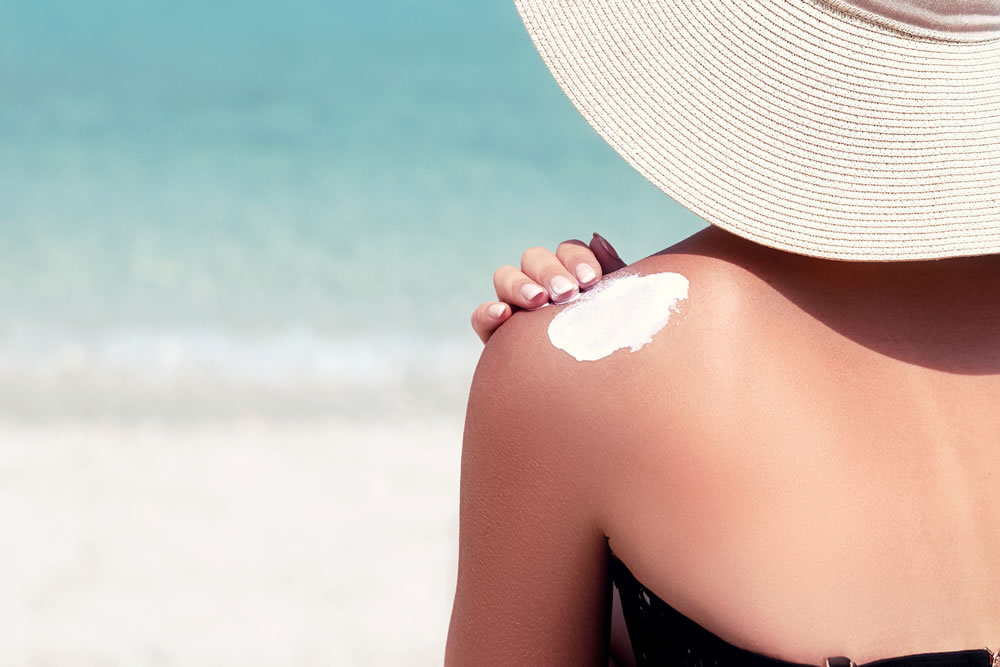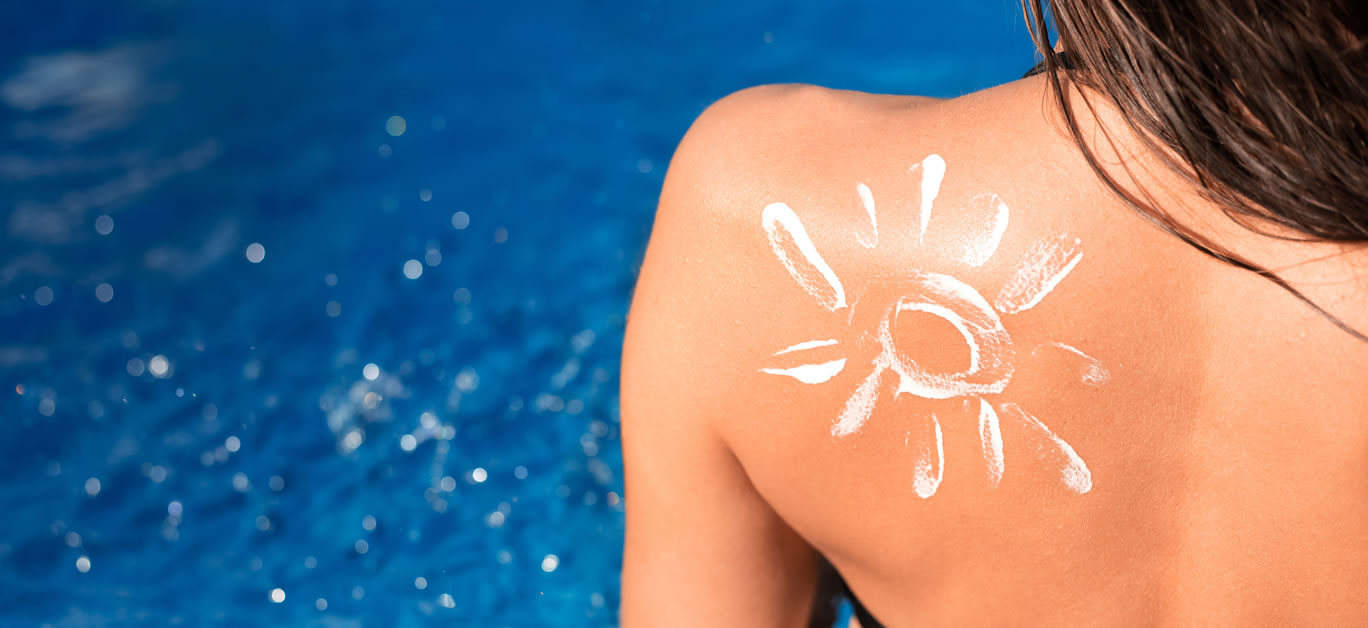How well do you know your skin? Knowing what type you are dealing with and the products that work best with it is the key to achieving a flawless complexion – so, if you’re experiencing unwanted oiliness, blemishes and outbreaks, then your skincare routine could be to blame.
We all know the importance of cleansing, toning and moisturising – but a truly effective skincare routine goes far beyond the basics. Did you know that your skin can be simultaneously oily and dehydrated? It’s a complex picture, and once which requires a tailored and carefully thought out regime to help keep you looking and feeling your best.
So, how exactly do you determine your skin type? If you suffer from an oily t-zone (nose, chin and forehead) with enlarged pores, but tend to be drier on your cheeks, you can consider your skin to be ‘combination’. If you suffer from redness and irritation on a regular basis, it’s most likely that you are dealing with sensitive skin. The remaining skin types – dry, oily and normal, pretty much speak for themselves, so pay attention to how your skin looks, feels and behave to accurately categorise yours.
Skin cells turn over every 28 days, and a mere twenty percent of our skin’s aging process is genetic. Different kinds of skin need different kinds of care, just like different people do. But one thing that remains consistent across all skin types is the need from SPF protection, which acts as a shield between your skin and the damaging UV rays we are exposed to each day.

SPF, though one of the last steps in any skincare regime, in unequivocally the most important, filtering out skin-damaging and ageing UVA rays, and cancer-causing UVB rays – even on rainy and cloudy days.
Some dermatologists believe that sunscreens are even capable of reducing or stopping blackheads, fine lines, wrinkles, aging, and specific skin cancers – so if the sun protection factor doesn’t convince you (which it should), then perhaps this will.
Still not convinced of the importance in adding SPF to your routine, year-round? We sat down with the experts at Clarins USA to look at some SPF FAQs and demystify this important subject to help you better understand its role.
What exactly is SPF?
Sun Protection Factor (SPF) is the amount of time, in theory, that you can spend in the sun without fear of skin damage. So, for example, using an SPF 30 will mean that you should be able to stay in the sun thirty times longer than you would without it.
SPF 30 blocks 97% of the sun’s UVB rays, while SPF 50 blocks 98% – so use a lower SPF, and you’re giving your skin less protection from potential harm.
Even so, it’s not necessary to use such a high SPF on a daily basis – unless, of course, you live in a country that is hot and sunny, year-round. The higher the SPF, the more chemicals it contains, some of which can irritate sensitive skin – so it is best used only when necessary. You’ll need to wear SPF 15 in autumn and winter anyway, though – just because you can’t see the sun on any given day, doesn’t mean it isn’t there – and its rays have a remarkable ability to penetrate even the cloudiest of skies.
As a general rule of thumb, when spending time in the sun, your sun screen should be reapplied every two hours – but there are exceptions. If you’re regularly getting in and out of the sea during a day at the beach, or taking a dip in the swimming pool, then you’ll need to reapply every time you emerge from the water. Similarly, if you lie on your back on a towel – for example, on a sunbed – then this can remove some of your SPF, so when you turn over, you’ll need to reapply.

A spokesperson for natural skincare brand, REN, says: “The Sun Protection Factor rating system has been established by the Food and Drug Administration to measure primarily the amount of UVB sunburn protection a product will provide. No rating system has yet been established for UVA protection” – so it’s worth bearing in mind that the sun’s rays can still prove harmful even when wearing SPF.
It’s important not to spend too long in the sun at any given time, and to give your skin time to recover following exposure before doing it all again. Aloe vera gels applied topically after a day at the beach will help to sooth and rehydrate sun-parched skin.
Even so, SPF remains a vital part of our skincare routines – no matter what our skin type might happen to be.
Skin Laundry, a skin treatment company, says: “Using SPF daily should be as standard a part of our everyday routine as brushing our teeth. It is a habit that should begin as a child and should last a lifetime. Even on cloudy, snowy, or grey days, we need to protect our skin. Wearing SPF every single day is the smartest and safest way to keep your skin looking it’s youngest, healthiest, and most beautiful!”
Clarins USA has a limited yet exclusive range of milk, oil, and cream-based sunscreens in the form of spray, lotion, stick, and cream.






















